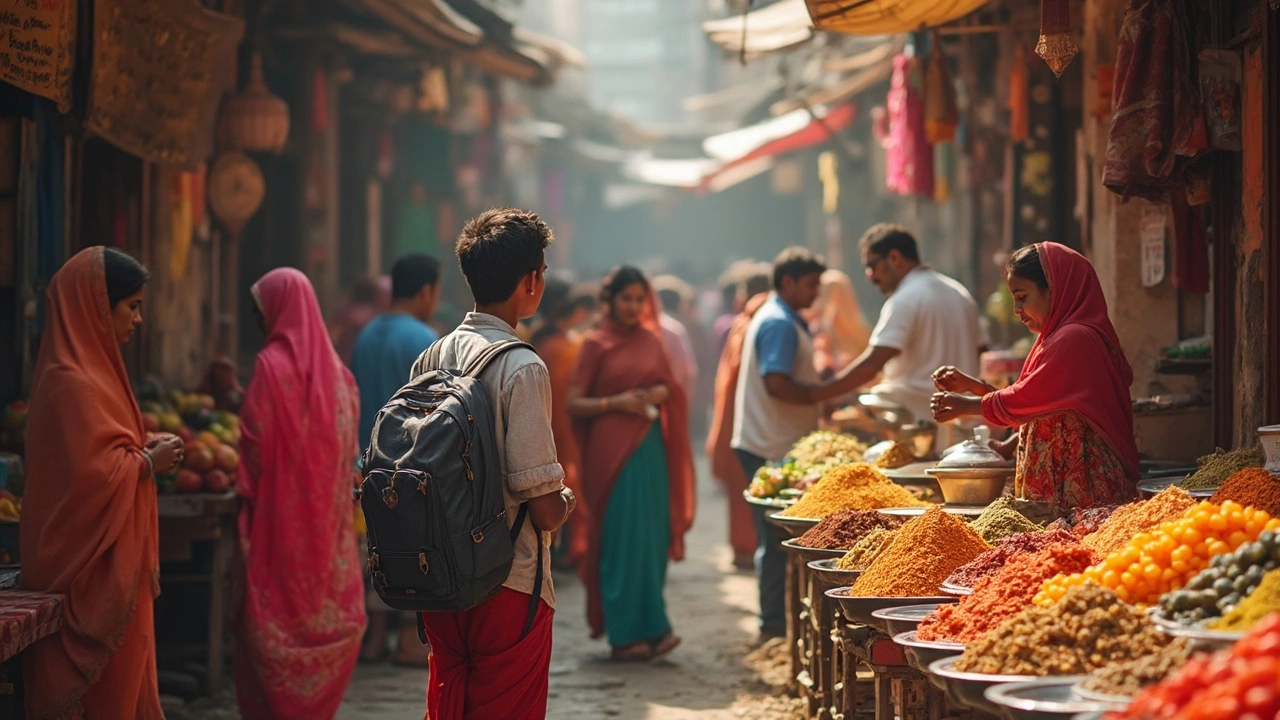Indian Currency: What You Need to Know Before Traveling to India
When you land in India, the first thing you’ll notice isn’t the traffic or the noise—it’s the Indian rupee, the official currency of India, used in cash transactions across every state and city. Also known as INR, it’s the lifeblood of daily life here—from buying chai at a street stall to paying for a taxi ride across Delhi. Unlike credit cards that work everywhere in the West, cash still rules in India. Even in big cities, small vendors, auto-rickshaw drivers, and temple donations expect rupees in hand. You won’t get far without understanding how it works.
The rupee comes in notes of 10, 20, 50, 100, 200, 500, and 2,000, and coins for 1, 2, 5, and 10 rupees. But here’s the catch: the 500 and 2,000 notes are the most common, and if you get stuck with a stack of them, you’ll quickly learn that small change is hard to come by. Many shops won’t break a 2,000-rupee note unless you’re buying something expensive. That’s why you need to carry smaller bills. ATMs are everywhere, but they often run out of cash, especially in smaller towns. Always keep at least 500 rupees in your pocket for emergencies—like a sudden ride to the train station or a last-minute snack.
Exchange rates change daily, but as of now, 1 US dollar is roughly 83 rupees. Avoid exchanging money at the airport—rates there are terrible. Instead, use a local bank or a licensed money changer in the city center. Look for places with clear signs showing rates and no hidden fees. If you’re using your debit card, check with your bank first. Some Indian ATMs charge foreign transaction fees, and not all cards work. A good rule? Bring a mix: a little cash in USD or EUR to exchange on arrival, and a card for emergencies.
And don’t forget: counterfeit notes are a real problem. The 2,000-rupee note has a security thread and a watermark of Mahatma Gandhi—feel the texture, tilt it under light, and check the numbers. If something feels off, don’t use it. Most shops and hotels will check your notes carefully, and they’ll refuse fake ones. If you get stuck with one, take it to a bank—they’ll swap it for you.
What you’ll find in the posts below is everything you didn’t know you needed to know about money in India. From how much a meal really costs to where tourists get tricked into overpaying, these guides show you how to handle cash like a local. You’ll learn how to bargain without looking naive, how to avoid being shortchanged at markets, and why carrying a wallet full of small bills isn’t just smart—it’s essential. Whether you’re heading to Goa’s beaches or the temples of Varanasi, understanding the rupee isn’t just about spending—it’s about traveling smarter.
How Much Is $100 US in India? Your Budget Travel Guide
Curious what $100 US gets you in India? This guide breaks down currency exchange rates, lets you know exactly how far your money stretches, and gives insider tips on squeezing value from your budget. Get a real look at what you can eat, where you can stay, and the experiences you can afford. Find out how to avoid common money mistakes and make your cash last, whether you’re backpacking or just trying to travel smart. Perfect for anyone planning a trip or dreaming about budget-friendly adventures.
Read more